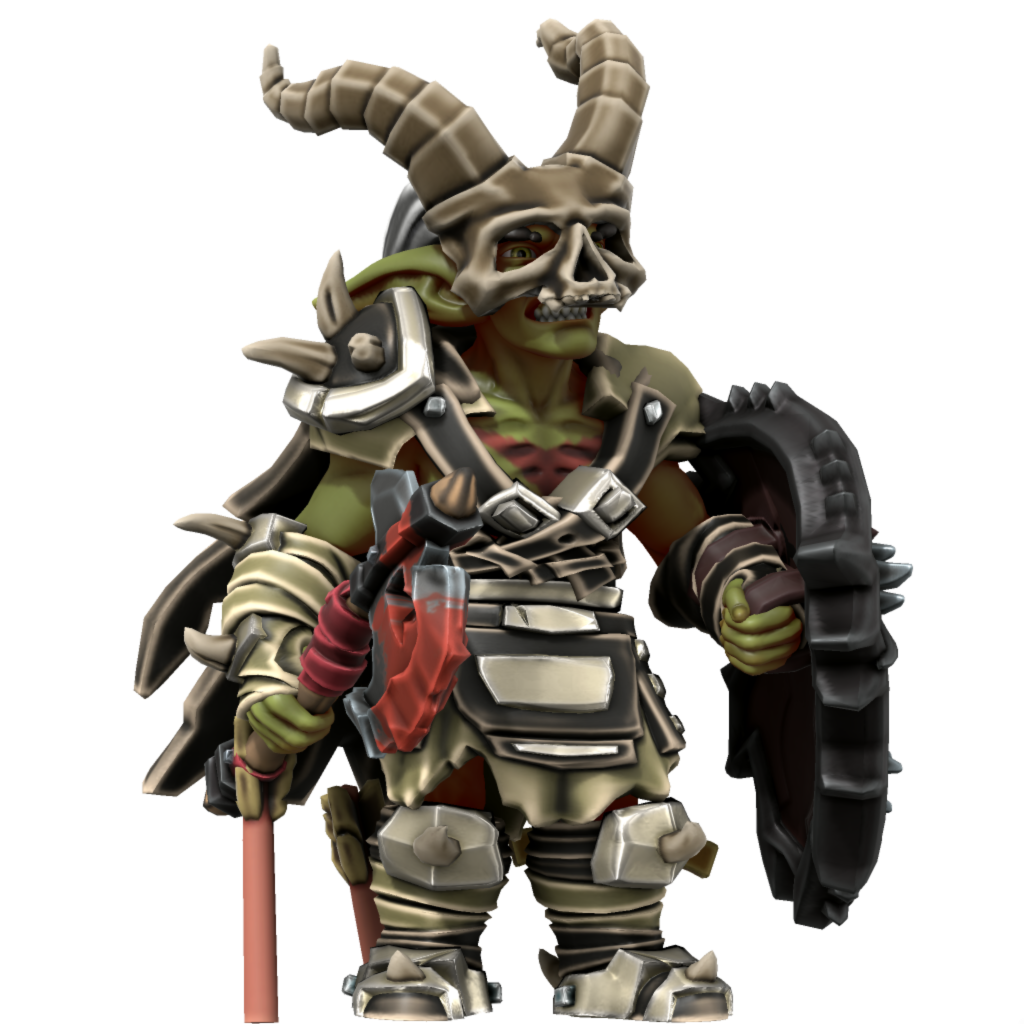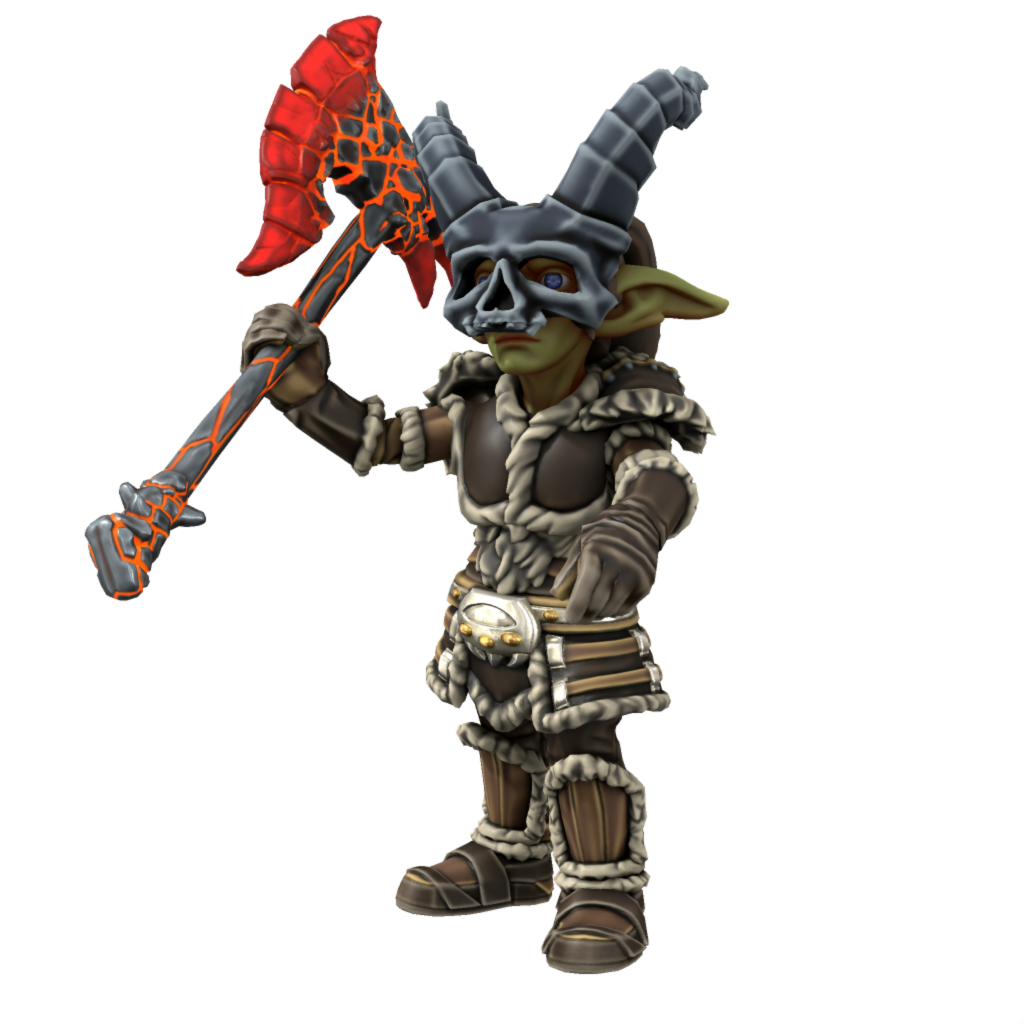The town of Votarra Den is where the Matriarch lives, as well as where all trade and tourism enters and leaves the caves of the same name. It is a bustling hub of art and trade, with access to and knowledge of the outside world that other Votarran settlements lack.
A notable part of its population is a group of necromancers that live right on the outskirts of the cave entrance, who are the largest opposition to the Matriarch in the town and often work against her rulings. However, in situations where the Votarrans have been under attack, the necromancers have almost always been the first to swoop in and aid their fellow Votarrans.

Tohil by Jarhed
Oscucia
There are very few accounts of outsiders going too deep into the caves of the Votarrans, so most settlements deeper in the caves have little public information. Oscucia, as one of the nearest Votarran settlements to Votarra Den proper, is the most well known.
Oscucia has a close relationship with the citizens of the town Votarra Den, and they are best known for being the most common visitors to Votarra.
Their citizens are said to thrive in the darkness, which makes navigating the caves outside of Votarra difficult for outsiders, as they strike at any sources of light in Oscucia. What else resides there is unknown, as few can make it far once in Oscucia.
It is also believed that Oscucia is home to a temple for the God
Tohil, creator of the Goblins. As his original major temple has been seemingly lost to war, many believe this to now be the center of his faith in Totania, though no one is certain of this, save for, potentially, the Goblins that live in Oscucia.
Segunte
Said to be the secondary entrance to the cave system, it is unknown where Segunte is and if it is even real, but some adventurers and explorers have made the claim that there is another way in and that, in this other entrance, is the town of Segunte.
Inhabited by Votarrans that excel in hiding from others, they are believed to live mostly off of stolen goods from travelers. However, sightings of Goblins stealing from those that are journeying have been noted all over Elone, so where Segunte could be is a mystery. Whether they are found right by this entrance or if they travel great distances to steal so they may obscure their home, the Goblins all outright deny the existence of Segunte.
Culture
Thriving in Unfamiliar Shadows
Votarran Goblins are the most prominent on the world stage, but this comes after a long history of oppression and suppression. They exist in their present form only because of their defeat in war and exile from their homeland. Therefore, the Votarran Goblins have embraced their displacement as an important part of their culture.
This has been embraced in different ways. The citizens deep in the cave, in places like Oscucia, have learned to thrive away from where they can be seen. Their culture has taken on a brilliant shade in the darkness, where they cannot be disrupted or displaced again. In a place where their imaginations are left to thrive without interference or influence from the outside, where they can live unbothered.
But the reason Votarrans are so prominent in the world is because another way Votarrans have embraced displacement is by going all over the world, using their cultural history of having no true home to travel all over the world and be anywhere at any point. During most events around the world, a Votarran Goblin will likely have found a way to make themselves known as at least a minor part of what has happened.
This has led to Votarra Den becoming a hub for culture despite being, in the eyes of the Votarrans, an impermanent home for them. Thus, most Votarrans have settled down there, even if they dream of one day living somewhere where they can see the sun. For that, at least, they may travel.
Art
Votarran art has focused on many things, initially mostly depicting their history as the center of the united Goblin nation and their grand place on the world stage. After some generations, they began depicting, instead, the legends of their own history as Votarrans, rather than just as Goblins. Paintings of the Dreamless Sleep conflict where the Humans drove them from their land, sculptures of their founder Jibral and her mother Zelgrile, and writings mythologizing this event.
As more generations passed, they began making art, instead, about their isolation from the world. Art about the darkness surrounding the Votarran people and how they are far removed from the rest of the world. For this (and their worship of Tohil, God of War), many believe the Votarrans to be a dark or even evil people, but this is far from the truth. Tohil's warlike worship is not evil, but is instead something the Votarrans and other Goblins embrace for survival, and their artistic darkness is more a representation of their tragic history and circumstances than their present beliefs.
Cuisine
Votarran cuisine has considerable emphasis on what can be made with what its citizens are able to get in the regions surrounding the cave, as well as what animals they can raise within the caves. Lamb and beef are the staple meats, and both lambs and cows produce milk for any dairy products in Votarran meals.
Mushrooms that come from the caves are a central part of Votarran dishes as well, and they have many different types of bread that they often wrap foods in, such as the trenza and various kinds of tortilla. Travelers that returned from
Udai with knowledge of Orcish cuisine helped to develop foods using the tortilla in particular, creating popular dishes like the burrito, taco, and taquito, which Goblin merchants then spread around the world.
Some say Votarran cuisine has left the most lasting mark on the world, as opposed to any other impact from the Votarran people, as its dishes are famous around Totania. This is a vast simplification of who the Votarrans are and what they have done for Totania.
Language
Votarran dialect mostly resembles the Goblin language of other regions, but, like the other Goblin ethnicities, they have developed their language in some slightly different ways. Most notably, it is said that the Votarran Goblin language emphasizes less plosives, as they are better for hiding in caves and out of sight from those that may be searching for them.
After hundreds of years, it has also developed enough that it is, in many ways, its own language save for the roots of its words. The system that conjugates verbs in Nationalist Goblin dialect is far more intricate than that of Votarran, which in many ways resembles the
Draconic language spoken not far to the south of Votarra Den.
Votarran has also lost a neutral way of gender address in its language, having exclusively gendered language. Due to this, there have been movements by some progressive groups to reintroduce this into Votarran speech, but they have largely failed at gaining steam amongst the Votarran populace, which is considered too scattered in the caves to create such a unified movement.
Siesta
Votarran Goblins follow the Goblin tradition of siesta, originally six hours after dawn each day, where all citizens take a short rest. This allows them to have more energy for the rest of the day, after taking about a 15-30 minute nap.
It was initially taken six hours after dawn, but as most Votarrans living in the caves cannot see the sun, they instead often take the break after eating lunch or time out six hours after they wake up. Either way, the tradition has persisted despite their removal from their home and cultural land.
Votarran Goblins that travel elsewhere in the world, as they are wont to do, have been often called lazy due to continuing the practice of siesta even when in a foreign land. However, they have also been noted to work much harder because they take these siestas, gaining more energy than those that do not get their daily naps. Perhaps that is another reason why Votarrans have, despite their displacement and oppression, gained a prominent role in world politics and history.






Comments